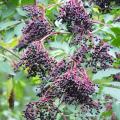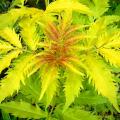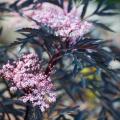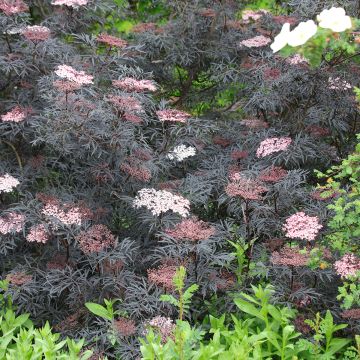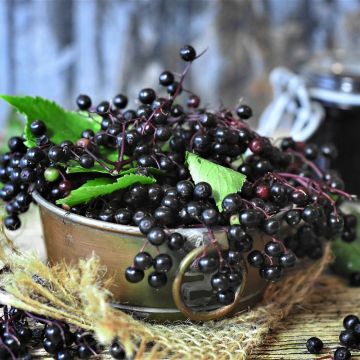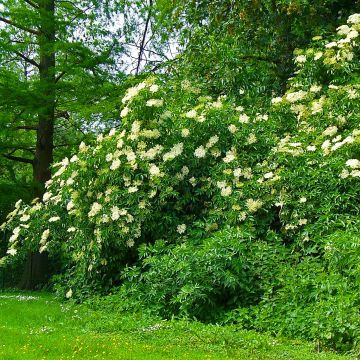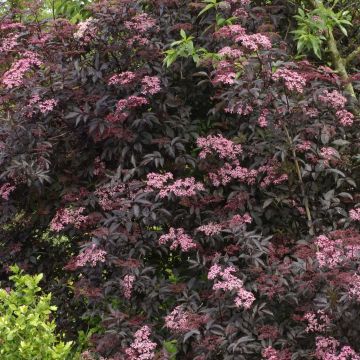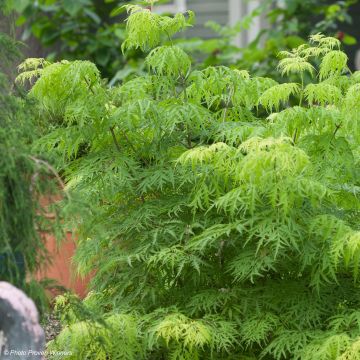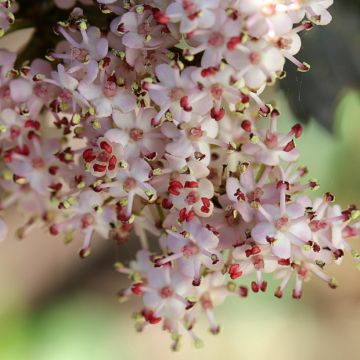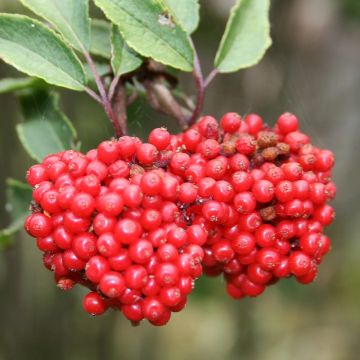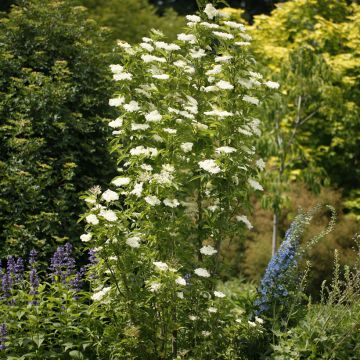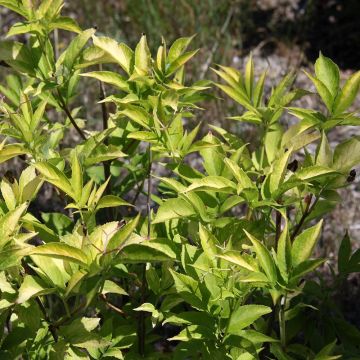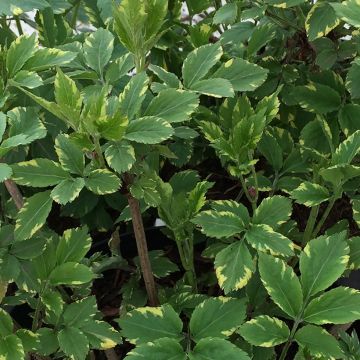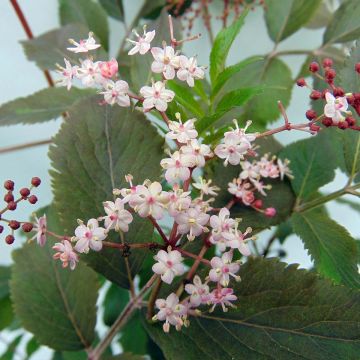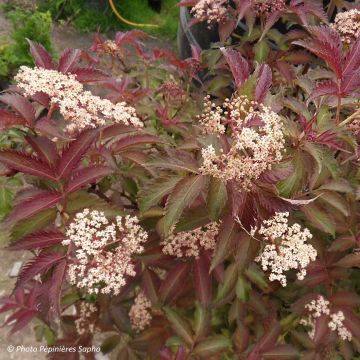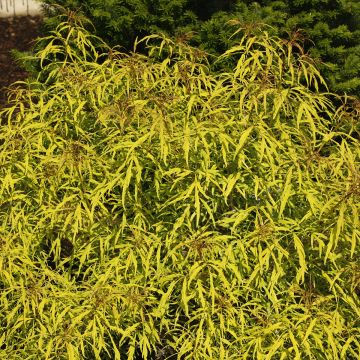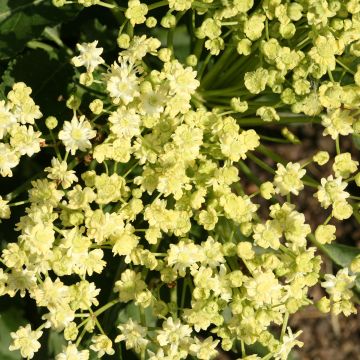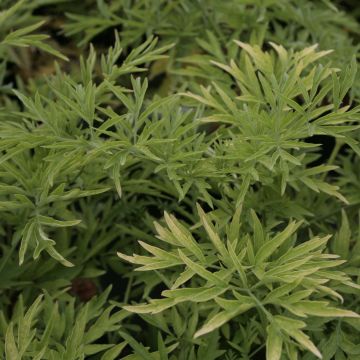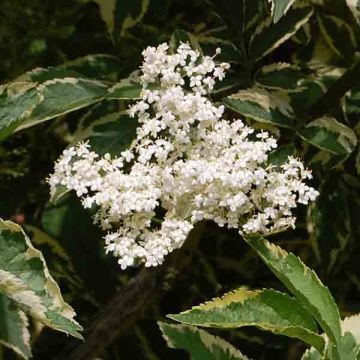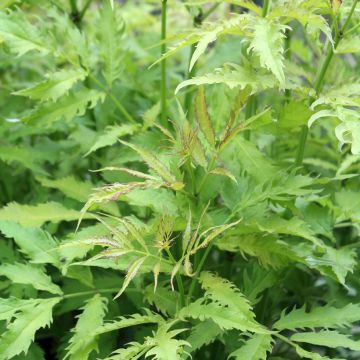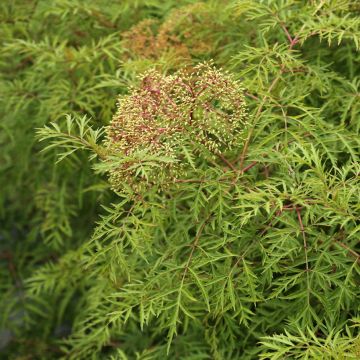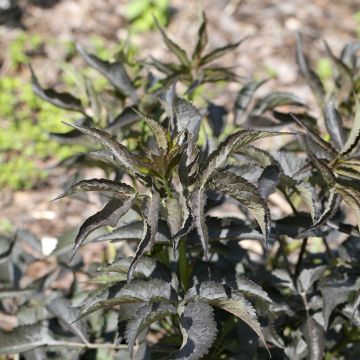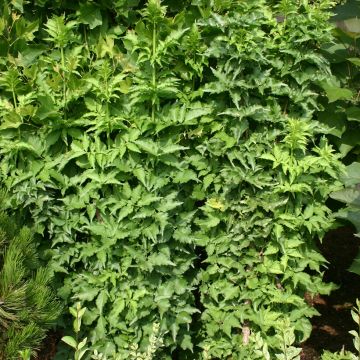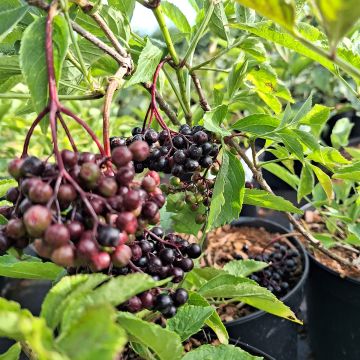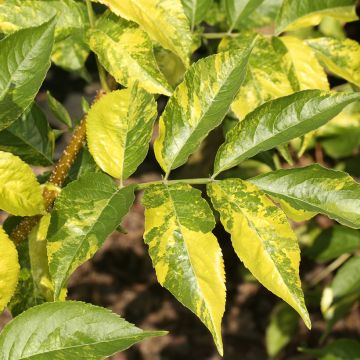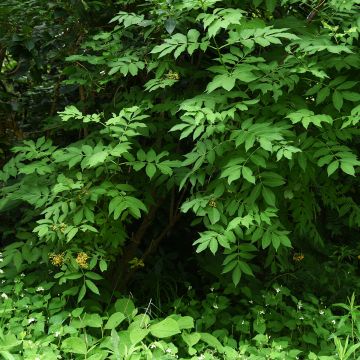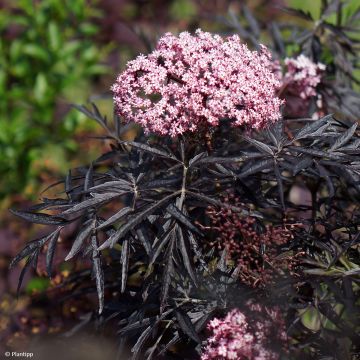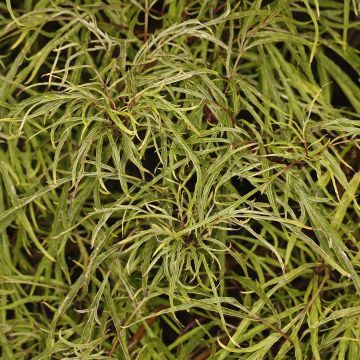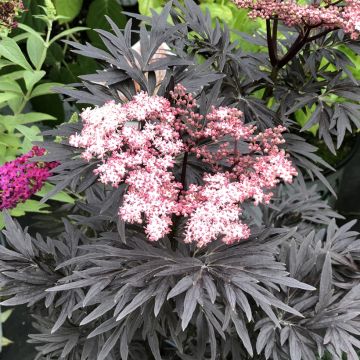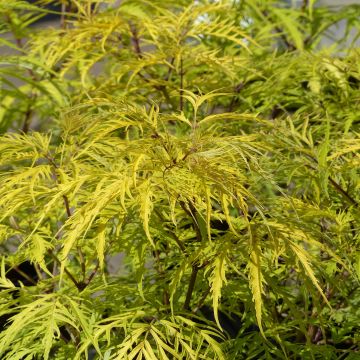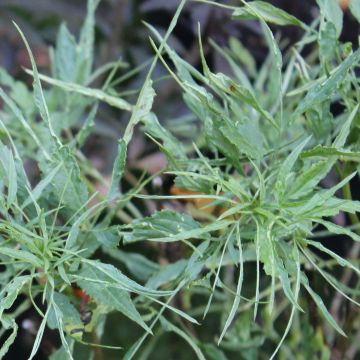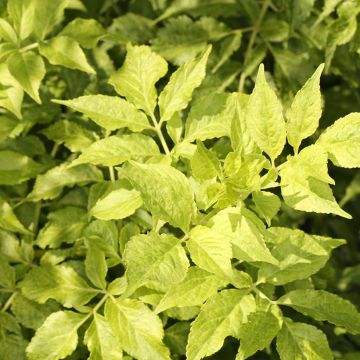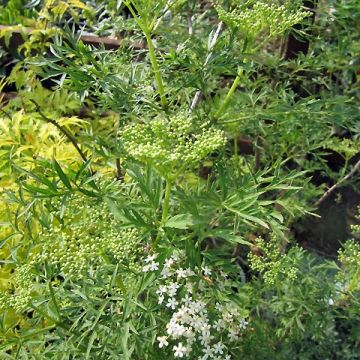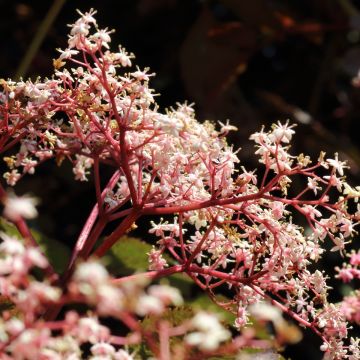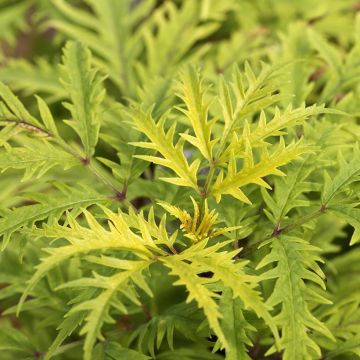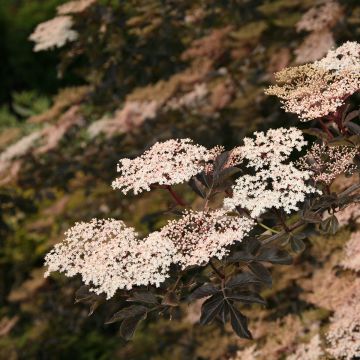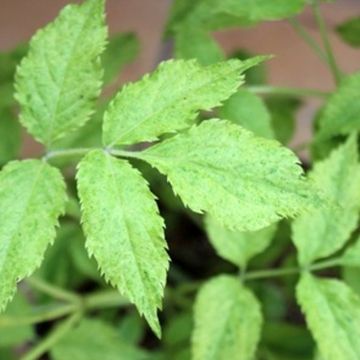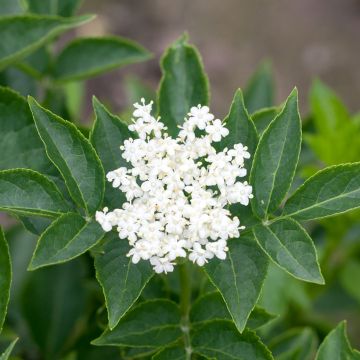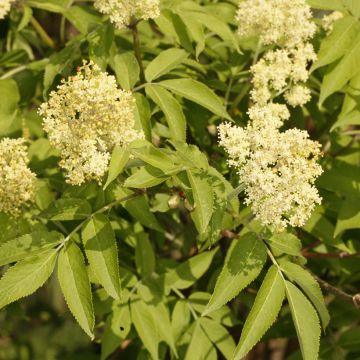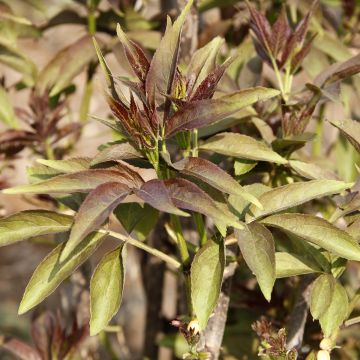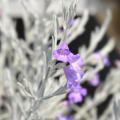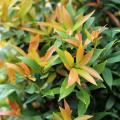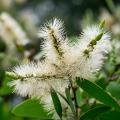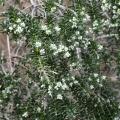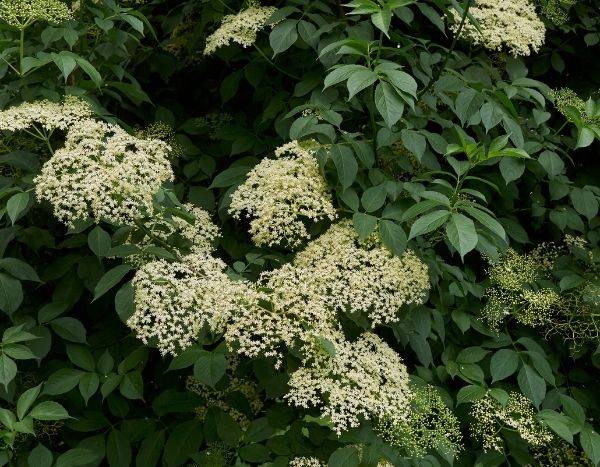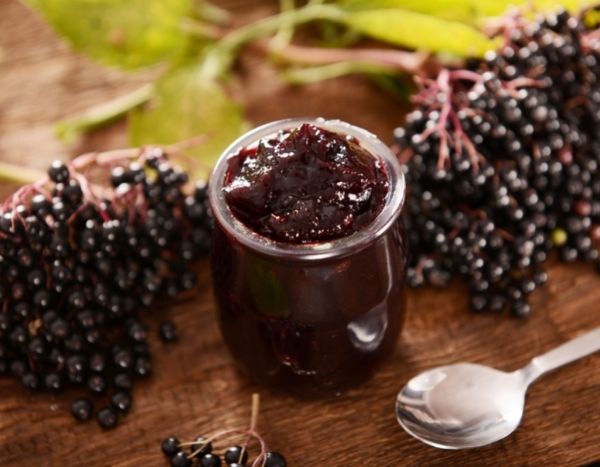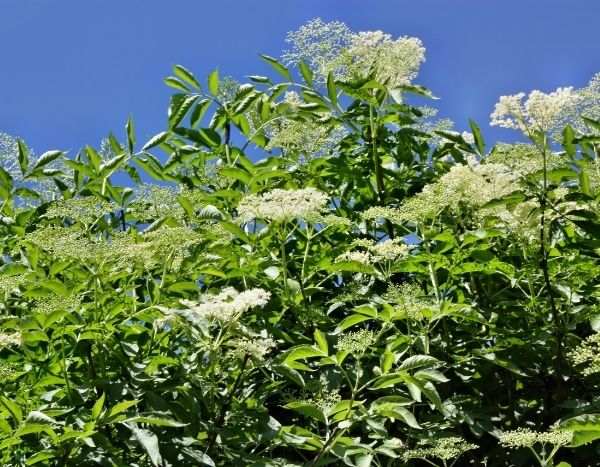Sambucus - Elder tree
Would this plant suit my garden? Set up your Plantfit profile →
Available in 4 sizes
Available in 2 sizes
Available in 1 sizes
Available in 1 sizes
Available in 2 sizes
Available in 2 sizes
Available in 2 sizes
Available in 1 sizes
Available in 1 sizes
Available in 1 sizes
Available in 2 sizes
Available in 2 sizes
Available in 1 sizes
Available in 2 sizes
Available in 1 sizes
Available in 1 sizes
Available in 2 sizes
Available in 1 sizes
Available in 1 sizes
Available in 1 sizes
Available in 1 sizes
Available in 1 sizes
Available in 1 sizes
Available in 1 sizes
Available in 1 sizes
Available in 1 sizes
Available in 1 sizes
Available in 1 sizes
Available in 1 sizes
Available in 1 sizes
Available in 1 sizes
Available in 1 sizes
Available in 1 sizes
Available in 1 sizes
Available in 1 sizes
Available in 1 sizes
Available in 1 sizes
Available in 1 sizes
Available in 1 sizes
Available in 1 sizes
Elderberries, Sambucus in Latin, are beautiful deciduous shrubs with white or fragrant pink umbel flowers for a natural looking garden. Black Elderberries have extraordinary purple foliage, sometimes very cut, while the white elderberry is green with white flowers. The flowers are followed by red or black berries appreciated by birds but not edible except for the cooked Sambucus Nigra (jam, syrup). They are fast-growing, Elderberries are undemanding and easy to grow. They grow in all types of soil, even though they prefer fresh and fertile soil. In terms of exposure, the more sunny the location, the more abundant the flowering and fruiting will be. Pruning is limited to removing dead wood and balancing the branches by shortening one-third of the old wood at the beginning of spring. Elderberries can be used as standalone plants, free hedges, or background plants. Near the house with foxgloves, they will create a calming area of the garden .
Haven't found what you were looking for?






























